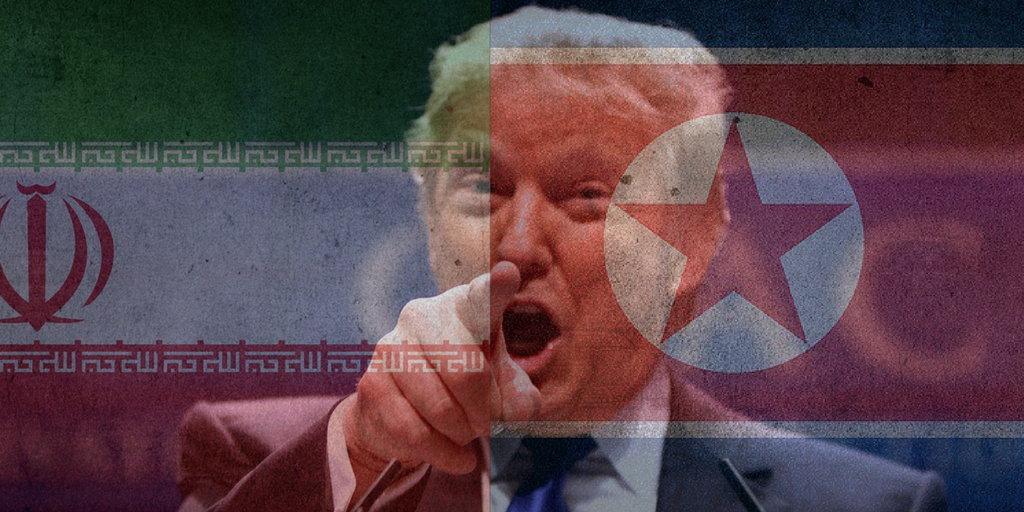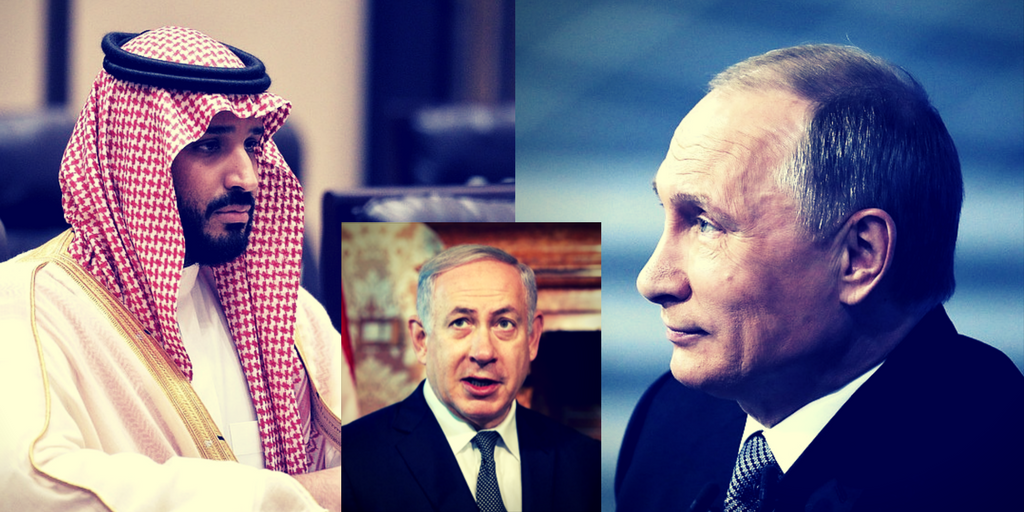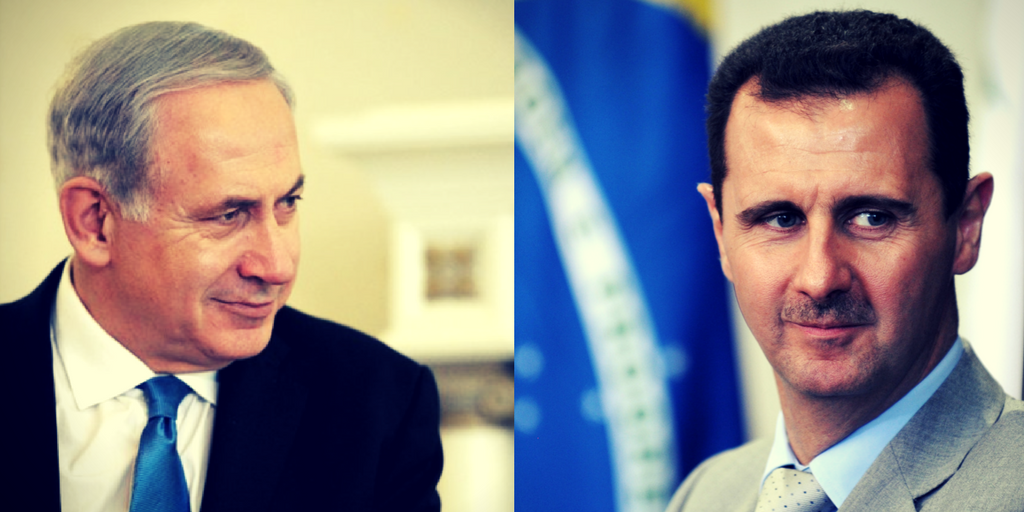President Donald Trump said the following in a Tweet Storm Saturday morning:
“Presidents and their administrations have been talking to North Korea for 25 years, agreements made and massive amounts of money paid hasn’t worked, agreements violated before the ink was dry, makings fools of U.S. negotiators. Sorry, but only one thing will work!”
While there maybe a desire to play this sort of verbage down, the prevailing opinion is that the comments portend to a direct conflict between North Korea and the USA coming very soon.
To complicate matters even more, rumors from within the White House make it clear that President Trump is seriously considering pulling out of the nuclear treaty with Iran. None of this is disconnected as it may seems. Most observers agree that Iran and North Korea are in nuclear symbiotic relationship where the latter develops weapons in exchange for needed money.
The above facts point to a two front war between the USA and Iran and North Korea at the same time. Considering that any conflict in this arena risks bringing in both China and Russia, the stakes are consitantly growing higher. Trump and Washington are losing ground in both the Pacific and the Middle East as Saudi Arabia is making serious agreements with Russia’s Putin.
In order to hold Saudi Arabia within the US network, a more robust policy is necessary against its arch-enemy Iran. Given the fact that Russia appears to have taken large areas of the Middle East as well as funding the North Korean regime, Trump has no choice but to push back.
It appears that the USA is at a breaking point in terms of holding to a non-poractive foregin policy. Trump is now willing to change that, but it could be too little, too late.









